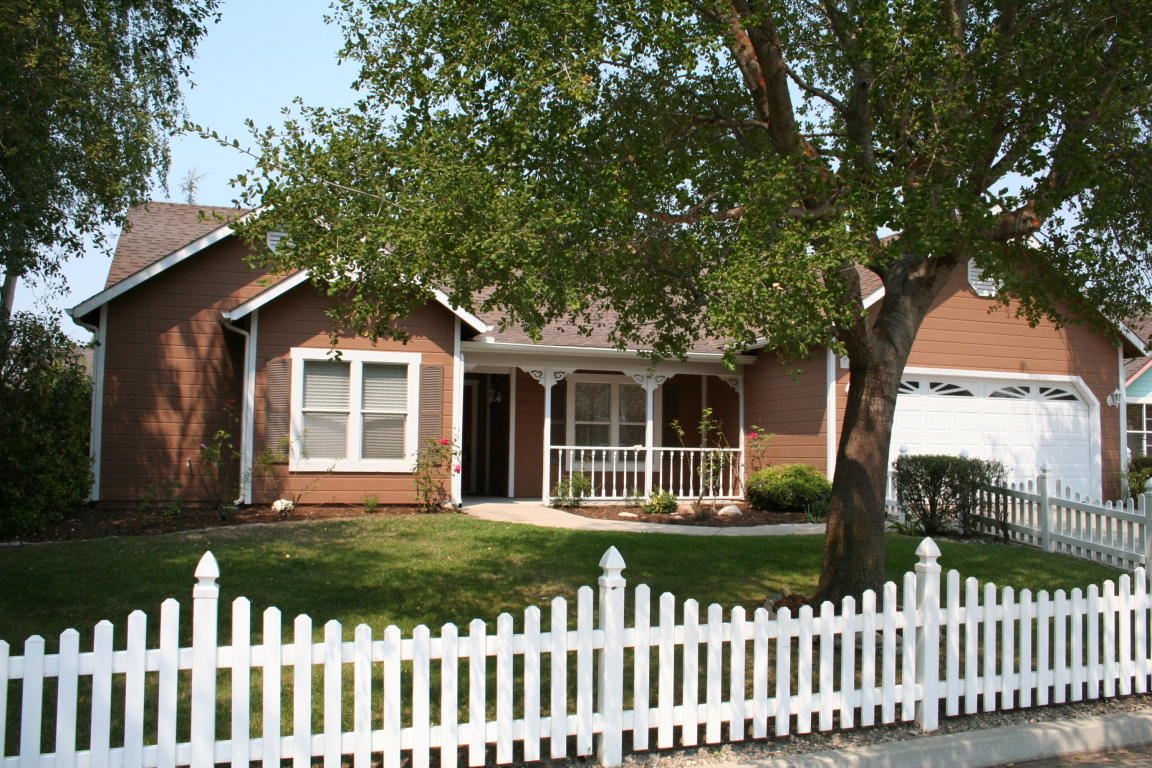By John Copeland
Many of us look forward to Memorial Day as a three-day weekend that is the “official” start of summer. Backyard barbecues aside, Memorial Day (May 28 this year) or Decoration Day, as it was originally called, is a distinctly American Holiday.
Oh, sure, other countries have “Remembrance Days” that honor veterans and soldiers but I’m fairly certain, many of us don’t realize, that echoes of the Civil War still reverberate across the United States. Memorial Day is one of those echoes and like many of our holidays, over time, it has continued to evolve.
The Civil War still ranks as our nation’s deadliest conflict. More than 700,000 Americans died in that terrible struggle. The number of casualties was equal to 2.5 percent of the entire population of America during the 1860s. If 2.5 percent of our population today died in a war, it would equal 7 million Americans. There was hardly a town in America that did not lose community members in the conflict.
Even while the war still raged, it became common for soldiers’ graves to be decorated on what was called “Decoration Day.” Even today, nobody knows for sure when and where the first Decoration Day actually occurred.
It is likely that Decoration Day had many beginnings. In the months following the end of the Civil War, many Americans felt the need to commemorate the sacrifice of the soldiers lost on the Civil War battlefields. These events — some planned, others spontaneous — contributed to a growing movement.
On April 25, 1866, a group of women from Columbus, Miss., visited the cemetery at the battlefield of Shiloh in Tennessee and decorated the graves of both Confederate and Union soldiers there.
In the summer of that year, in Waterloo, N.Y., local druggist Henry C. Welles organized the decorating of the town with flags draped with evergreens and black mourning ribbons. A marching band led Civil War veterans, civic groups and residents to the three local cemeteries where they conducted remembrance ceremonies and decorated soldiers’ graves.
In 1868, Gen. John A. Logan, a founder of the Grand Army of the Republican organization of Union veterans of the Civil War, called for a national day of remembrance for Civil War dead. On that first Decoration Day, Gen. James Garfield, who would later be elected president, made a speech at Arlington National Cemetery, after which 5,000 participants helped to decorate the graves of the more than 20,000 Union and Confederate soldiers buried there.
It is not important who was the very first; what is important is that Memorial Day was established. This holiday is not about division, but about reconciliation; it is about coming together to honor those who gave their all.
By 1890 Decoration Day was observed on May 30 in all the northern states. For decades, Southern states shunned the North’s Decoration Day, instead observing different days to honor Confederate war dead.
After World War I, the nature of Decoration Day changed from honoring those who died during the Civil War to honoring all Americans who died fighting in America’s wars, and the holiday began to be called Memorial Day. However, it wasn’t until 1967 that Congress officially renamed Decoration Day to Memorial Day.
Memorial Day used to be held on May 30, regardless of the day of the week it fell on. That changed in 1971, when Congress declared Memorial Day a national holiday and designated the last Monday in May as the day for its observance.
This was all part of a piece of legislation to turn more U.S. Holidays into three-day weekends. Today, the Memorial Day weekend has become synonymous with the beginning of summer and celebrating with barbecues, camping, and other summer fun.
Sometimes it seems like we’re on the verge of losing the significance of Memorial Day.
Have you ever thought about the difference between forgetting and remembering? Remembering is a conscious choice. It involves an effort on my part to pull from my memory bank thoughts and feelings previously deposited there. Forgetting, well, that just happens.
And it’s become difficult, recently, for a lot of people to know what exactly they’re supposed to remember about the men and women who died in our country`s service. And yet, the meaning of Memorial Day doesn’t need to be so complicated; the pain of memory is not so confounding that it is better to forget.
It’s really quite compelling if you stop and consider the dead themselves, what they did, the quality of their sacrifice. They were asked by their country to take a risk, and they took it. They respected the legitimacy of the democratic call to arms. If they had personal doubts, they overcame them.
Without their sacrifices we would not be free to ask questions, to challenge our political leaders, and to take an active role in our system of government. To them we owe a debt. History does not ridicule or forget these men and women. It honors and it grieves.
On Memorial Day, before lighting the barbecue or jumping into the pool with the kids, stop and give a moment of respect for those who have given their all protecting the freedoms that are the cornerstone of America.
We take so much in our daily lives for granted, but there are a few things we should strive to always remember. The sacrifice made by the members of our military is one of them.





